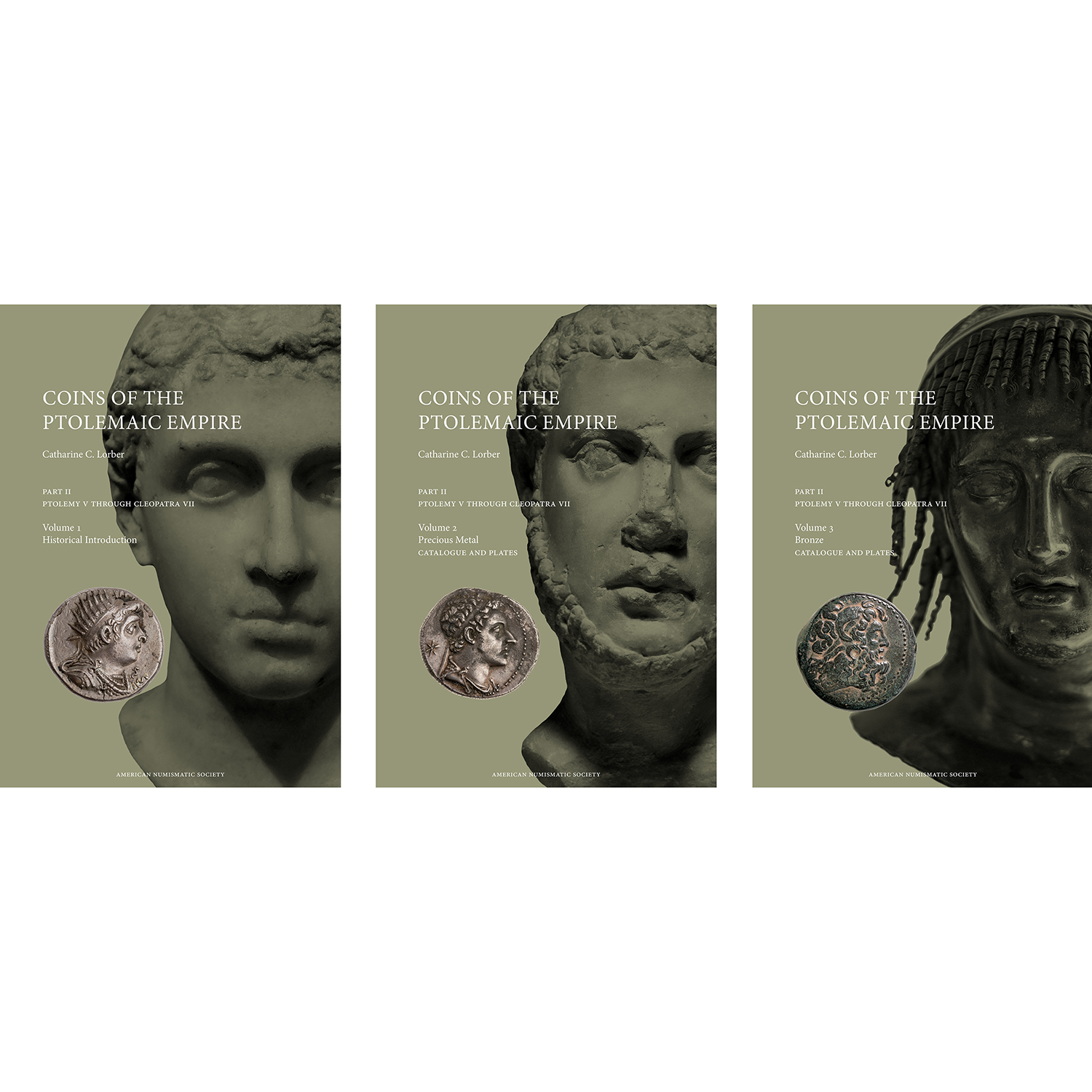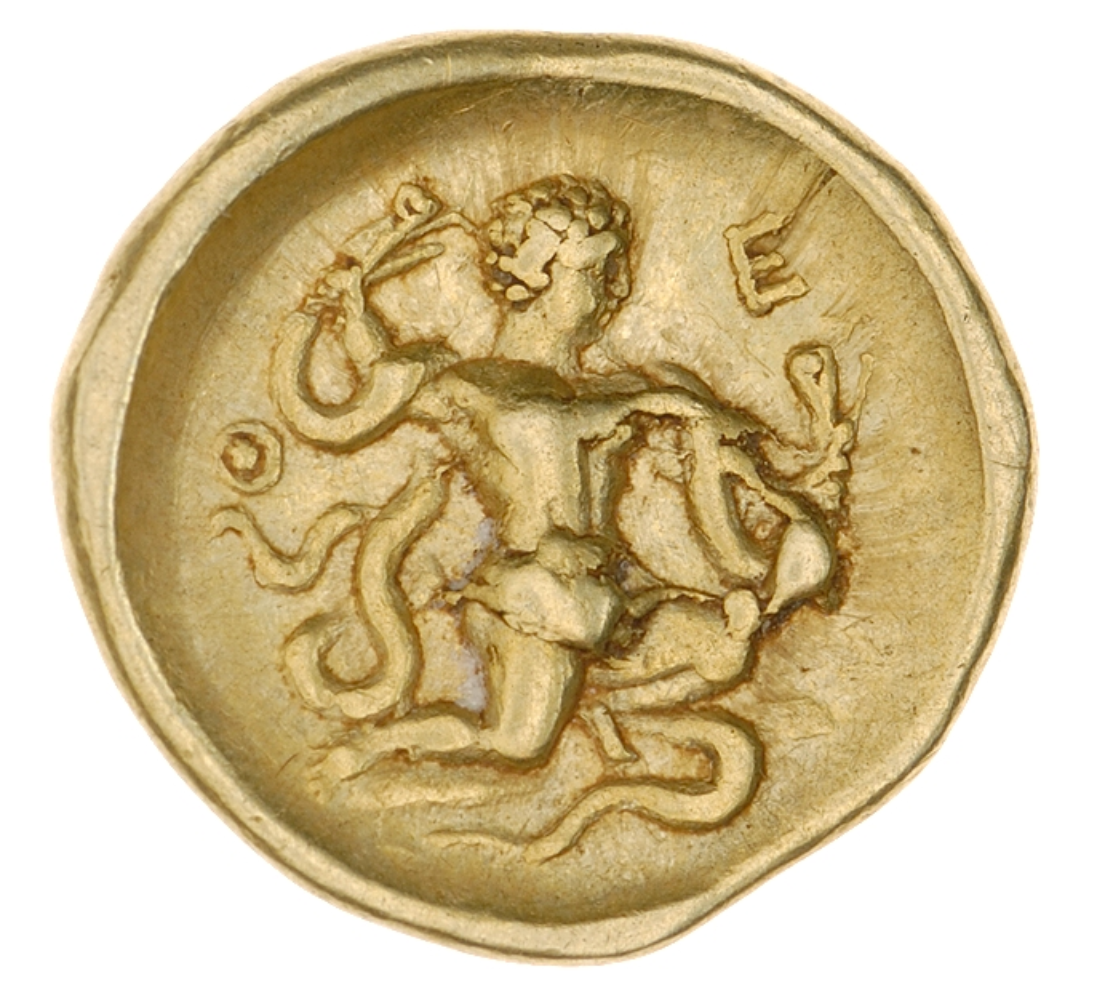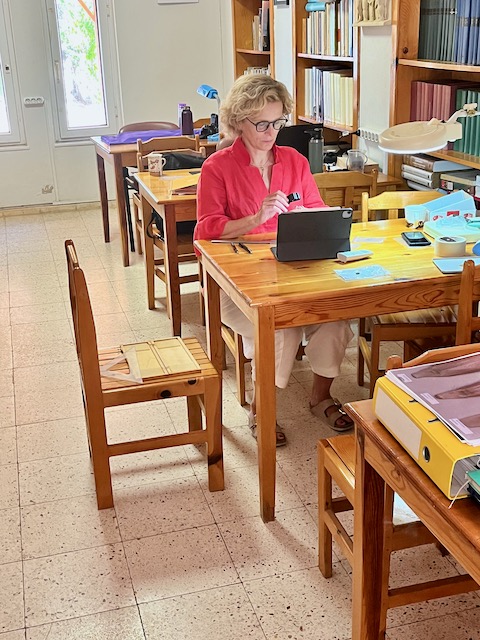The Secret Chord: Harps and Lyres on Ancient and Modern Coins
Last month, on November 7, 2016, the internationally acclaimed Canadian artist Leonard Cohen died of cancer. He was regarded as a man of many talents, who painted, wrote novels, poetry, and the songs for which he was best known. He was a man of art, culture, and ideas, who appreciated the value of both Manhattan and Berlin.
Within the large oeuvre left behind by Cohen, the song Hallelujah stands out for its great popularity and the life of its own that it has taken on in the hands of the many other musicians (now more than 300 in multiple languages according to Wikipedia) who have played and modified its lyrics since it was first released in 1984. However, all versions begin with Cohen’s original lament “Now I’ve heard there was a secret chord / That David played, and it pleased the Lord / But you don’t really care for music, do you?” and this has prompted the topic for this edition of the ANS blog. Regardless of whether a numismatist does care for music (Cohen’s or anyone else’s) or not, David’s secret chord and those of other lyric poets have made an impact on coins from antiquity up to modern times.
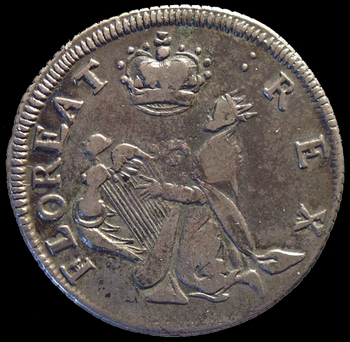
David is depicted playing his chord on the enigmatic Irish St. Patrick coinage of the seventeenth century, some of which was carried off to New Jersey to serve as halfpence in the cash-starved colony. Its production in two denominations (or one that was later reduced in weight?), date of issue, meaning of its iconography, and the circumstances of its arrival in New Jersey have captured the imagination of Colonial American numismatists for decades and even became the topic for an ANS Coinage of the Americas Conference in 2006. The famous king also plays on contemporary coins of Nuremberg and the Papal States, as well as on psalmenpfennige (medallic awards for the completion of Protestant religious education, which included the memorization of Psalms—the Biblical songs attributed to David).
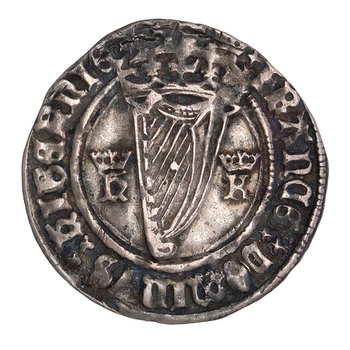
Harps appear without players on English silver coins struck for use in Ireland in the sixteenth century, but it is not clear whether any reference to King David was intended in this heraldic emblem or whether the instrument alluded only to contemporary Irish culture, which held its native harpers in high esteem. David’s harp (indicated by the winged female column symbolizing the unearthly beauty of its music), occurs on English halfpence produced for Ireland English halfpence produced for Ireland in the eighteenth century—perhaps not coincidentally after more than 100 years of repressive policies had all but crushed the native tradition of harping in Ireland. A pointedly Celtic harp (Irish cláirseach) has been used on all Irish coins, including the current euro, since the creation of the Irish Free State (Republic of Ireland after 1948) in 1922.

Although it is regularly described and depicted as a harp in medieval and modern texts and artworks, David’s stringed instrument was actually a form of lyre known in Hebrew as the kinnor. A related instrument, the nebel was regularly played as part of celebratory worship in the Jerusalem Temple. The connection of these instruments to the Temple and to David lies behind their prominent depiction on coins struck by Jewish rebels against Rome during the disastrous Bar Kokhba War (AD 132-136). This bloody conflict erupted when the emperor Hadrian sought to refound Jerusalem (already destroyed by Titus in AD 70) as a pagan city. The kinnor and nebel of the Bar Kokhba coins had a dual purpose. They evoked the longing memory of days when the Temple still stood and great Jewish kings ruled the land while casting Simon bar Kokhba, the leader of the revolt, as a Messianic figure who might lead his people to victory and restore the Temple.
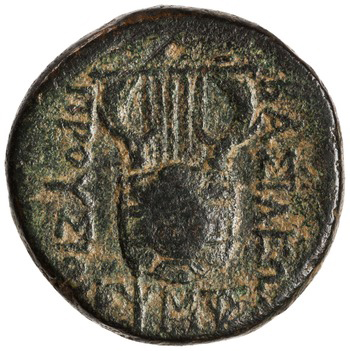
The chelys (Latin testudo) and kithara of the Greeks and Romans appear to have been the rough equivalents of the kinnor and nebel, respectively. The former, which included a sound box made from a tortoise shell or wood formed into the shape of a shell, was said to have been discovered by the god Hermes. While traveling along a riverbank, he was attracted by a beautiful sound and when he went to investigate he found that the wind was blowing tendons that had been stretched across a tortoise shell. From this he fashioned the first chelys to be played by gods and men. The kithara, however, was a more elevated instrument of wooden construction associated with Apollo and the Muses as patrons of culture and the arts. Indeed, music lessons on the kithara or chelys were a staple of state education programs for citizens of the ancient Greek cities. The important role of music in Greek education is underlined by coins of the Bithynian king Prusias II that depict Chiron, the centaur tutor of Herakles, playing a kithara. The instrument is the only element of the type that allows the viewer to identify the subject as the educator Chiron and not some other centaur.
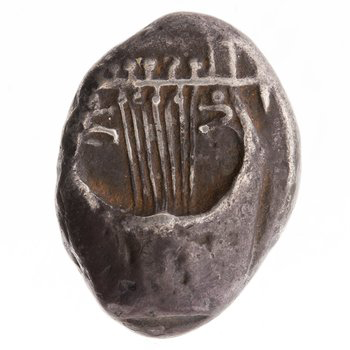
Apollo is a ubiquitous deity on Greek coins struck in the Classical and Hellenistic periods and even under the Roman Empire, who often appears in his role as Kitharoidos—the kithara player. His kithara is also depicted on coins, often paired with the head of its divine player or by itself, as on early coins of Delos, the island of Apollo’s birth. Less commonly, even great human lyric poets or the Muses who inspired them to greatness appear on Greek and Roman coins. Sappho is shown playing a kithara on coins of Mytilene in the Roman period as a means of advertising the cultural importance of the city while Terpsichore, Kalliope, and Erato, the respective Muses of choral song, epic poetry, and love poetry appear holding a kithara (Kalliope) or chelys (Terpsichore and Kalliope) on coins of the Roman Republican moneyer Q. Pomponius Musa as an extended pun on his cognomen Musa.
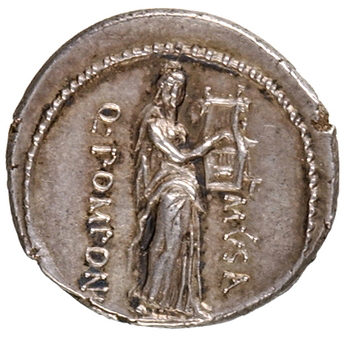
While Leonard Cohen attributes a single secret chord to David in his song, the numerous symbolic uses to which harps, lyres, and their players were put on coins of ancient and more modern times would seem to suggest that through the ages there were in fact many such chords aimed at pleasing the mortal as well as the divine.


